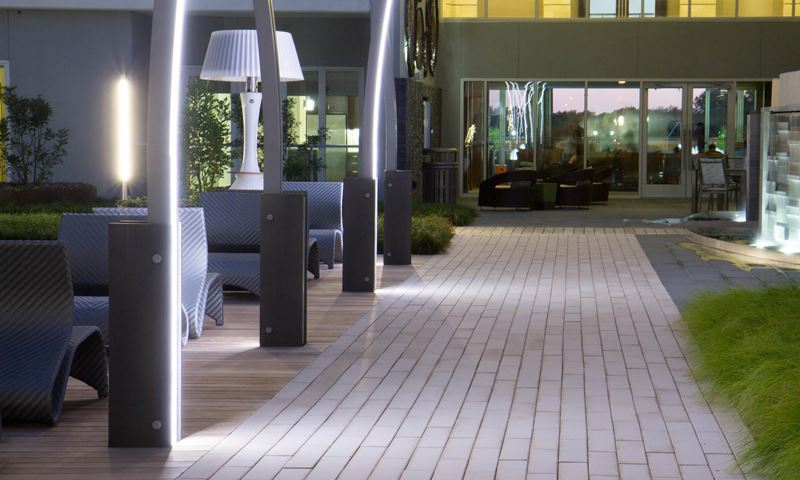
How to Prevent Steel and Aluminum Corrosion
How to Prevent Steel and Aluminum Corrosion
October 13, 2016
Metals corrode when their environments are unsuitable. Virtually all metals used in construction or production are inherently unstable, and have a tendency to revert to other more stable forms by oxidizing or rusting. Road salt and sea spray are among the two greatest contributors to corrosion in outdoor metal.
Contact Structura to learn which corrosion prevention methods will work best for you.
So how do we lend our metal surfaces an extra barrier to natural (and unnatural) corrosion? Below, we’ve outlined a few methods you can use to protect your metals:
Hot-dip galvanizing protects steel
During the process of hot-dip galvanizing, fabricated steel is submerged in a cauldron of molten zinc. The iron within the steel metallurgically reacts to the heated zinc, forming a tightly bonded alloy coating that will protect the steel from corrosion. The process of hot-dip galvanization is relatively simple when compared to other corrosion protection processes, but is effective because both interior and exterior surfaces are coated during the dipping process. This process is available for steel but not suitable for aluminum.
Use polyester powder coating as an alternative to paint
Polyester powder coating is an excellent alternative to paint, and even provides multiple advantages over paint. Powder coating offers a smooth, uniform finish without streaking or running regardless of the shape or curvature of the surface you’re covering. The powder coating process is safe and environmentally responsible as well. First, a static charge is applied to the part to be painted. Powder is then blown out of a gun onto that part. The powder clings to that part due to its static charge. The powder coated part is then heated in an oven to cure the coating.
Polyester powder coating protects metals from corrosion and harsh weather, and retains its color for years. This coating can be applied any metal, but typically steel or aluminum. For the best protection, steel parts are galvanized first, then painted using this process. For exterior parts, ensure that the powder meets AAMA 2604 standards for exterior architectural applications.
Anodizing helps corrosion-proof metals
Through an electrochemical process called anodizing, metal surfaces can be converted into corrosion-resistant, anodic oxide finishes that are both durable and aesthetically pleasing. Nonferrous metals like aluminum and titanium are ideal for the anodizing process.
During the anodizing process, a metal is submerged in an acid electrolyte bath and exposed to an electric current. A cathode is placed inside the bath. The metal acts as an anode. Oxygen ions are released from the electrolyte, and combine with the atoms of the metal being anodized.
The anodic oxide, which rests on its aluminum substrate, exclusively consists of aluminum oxide. It is not applied to the metal like a coating of paint, but fully integrated with the underlying aluminum. The outer surface of anodized materials will not peel or chip, and can easily hold coloring and paint.
Most anodized materials have a long life span and are incredibly durable. This longevity, combined with low finishing and maintenance costs, gives anodized materials an excellent value.
Structura creates outdoor lighting and furniture that is not only beautiful, but expertly crafted and built to last. To learn more about how you can prevent your designs from corroding, contact Structura today or request samples of our metal finishes.
